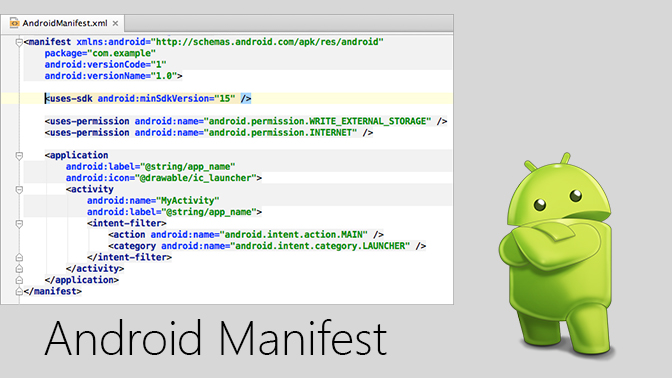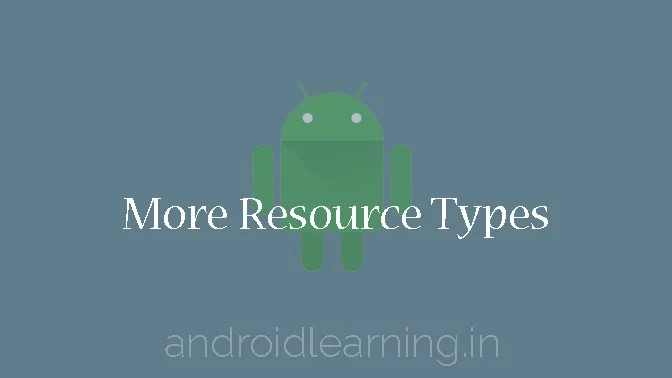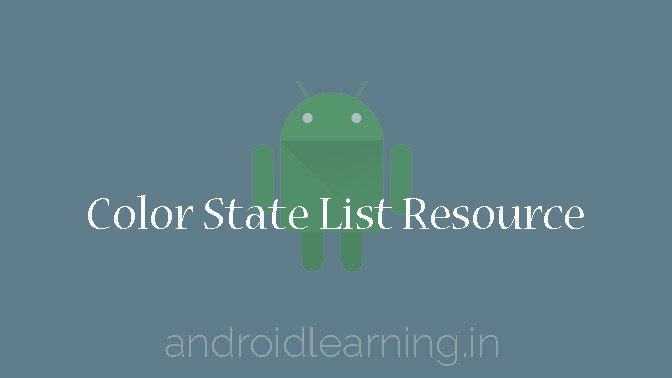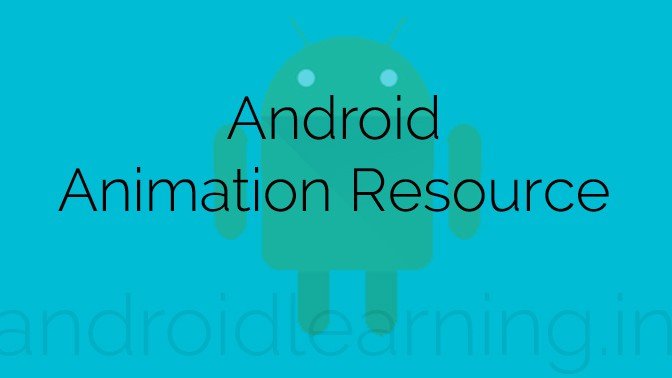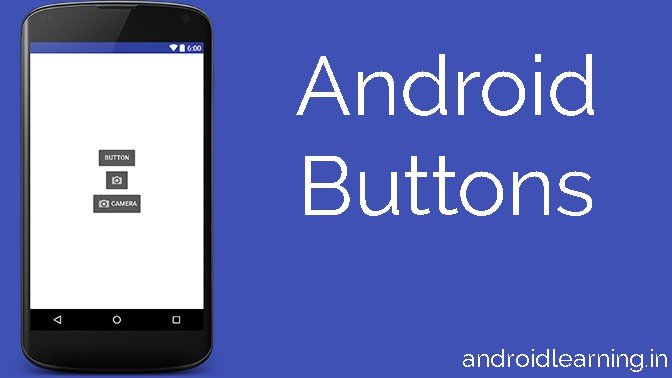Every application must have an AndroidManifest.xml file (with precisely that name) in its root directory. The manifest file provides essential information about your app to the Android system, which the system must have before it...
Category - Android
Android classes for beginners – Learn Android Programming and how to develop android mobile phone applications starting from Environment setup, application components, activity lifecycle, service lifecycle, application architecture, publishing application, debugging applications, handling events, layouts, menus, user interface controls, styles and themes, handling rotation, fonts management, send email, data storage, managing media, send sms, phone calls.
Android Training provides a collection of classes that aim to help you build great apps for Android. Each class explains the steps required to solve a problem or implement a feature using code snippets and sample code for you to use in your apps.
This page defines more types of resources you can externalize, including: Bool XML resource that carries a boolean value. Color XML resource that carries a color value (a hexadecimal color). Dimension XML resource that carries a...
A style resource defines the format and look for a UI. A style can be applied to an individual View (from within a layout file) or to an entire Activity or application (from within the manifest file). For more information about...
A string resource provides text strings for your application with optional text styling and formatting. There are three types of resources that can provide your application with strings: String XML resource that provides a...
A menu resource defines an application menu (Options Menu, Context Menu, or submenu) that can be inflated with MenuInflater. For a guide to using menus, see the Menus developer guide. FILE LOCATION: res/menu/filename.xml The...
A layout resource defines the architecture for the UI in an Activity or a component of a UI. FILE LOCATION: res/layout/filename.xml The filename will be used as the resource ID. COMPILED RESOURCE DATATYPE: Resource pointer to a...
A drawable resource is a general concept for a graphic that can be drawn to the screen and which you can retrieve with APIs such as getDrawable(int) or apply to another XML resource with attributes such as android:drawable and...
A ColorStateList is an object you can define in XML that you can apply as a color, but will actually change colors, depending on the state of the View object to which it is applied. For example, a Button widget can exist in one...
An animation resource can define one of two types of animations: Property Animation Creates an animation by modifying an object’s property values over a set period of time with an Animator. View Animation There are two...
Android buttons consists of text or an icon (or both text and an icon) that communicates what action occurs when the user touches it. Depending on whether you want a button with text, an icon, or both, you can create the button...
